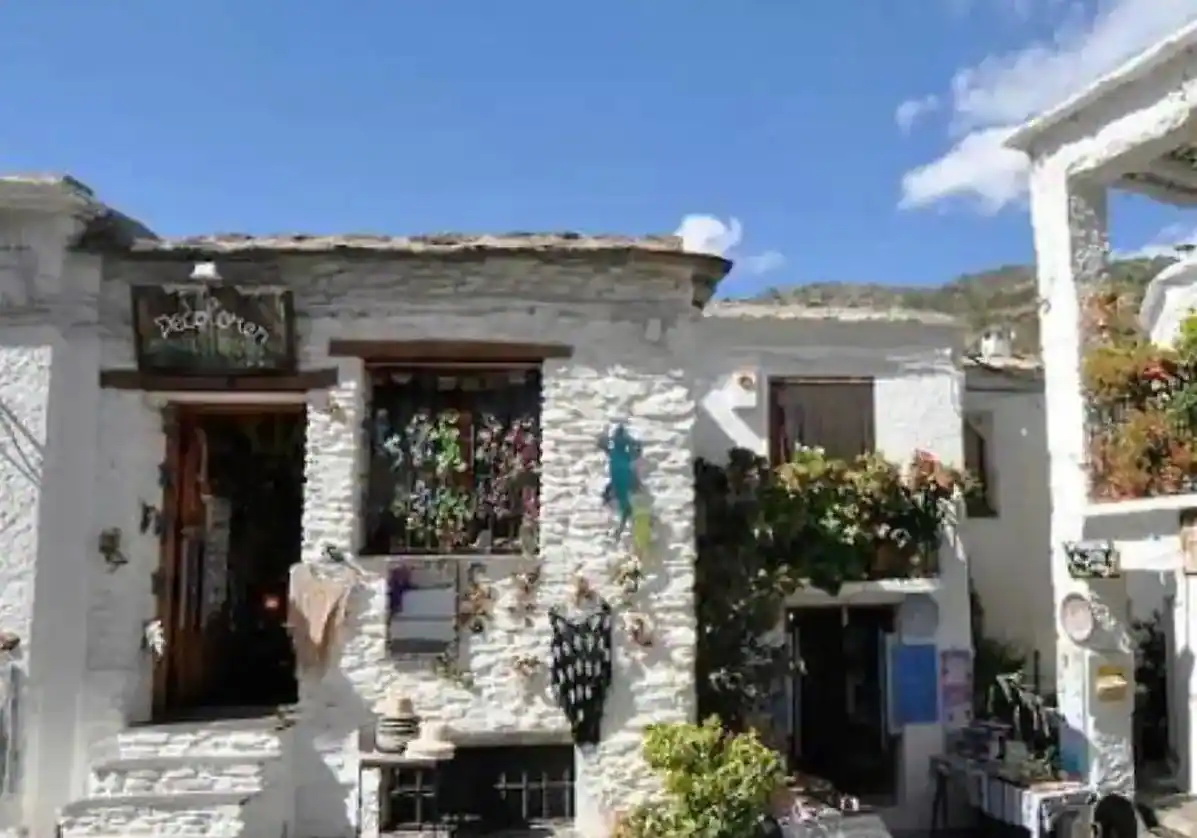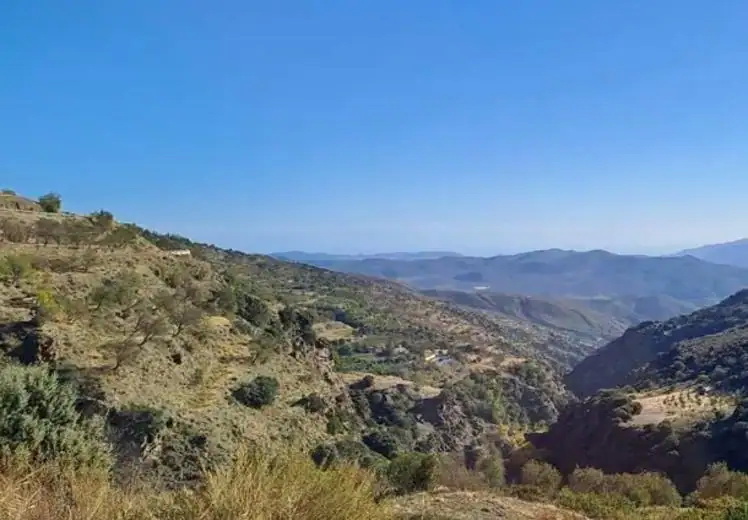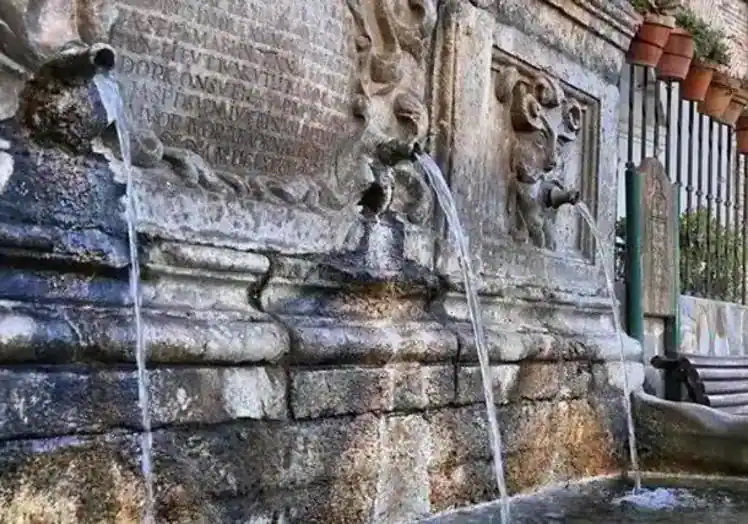Exploring the secret wonders of the Alpujarras: a scenic journey through the mountainous landscapes of Granada and Almeria
In both provinces you can and should enjoy a leisurely, unhurried journey, stopping off at the dozens of pretty villages along the way

Pampaneira, in the Poqueira Valley, retains the essence of Granada's Alpujarras
If we talk about Las Alpujarras in the plural it is because these lands straddle two provinces: Granada and Almeria. They share a unique and extraordinarily beautiful natural space, but there are also differences between them. To the question of which is more beautiful, the only possible answer is that it is a matter of taste. But perhaps a tour of them together can help you to go for one or the other... or both.
It should be noted that there is no single route to follow, nor is there a single starting point. It is just as valid to start from Granada city as from Almeria, or to start your journey in Adra or in Motril . The point is to just go.
Within this area there is a whole network of roads and also many paths for cycling or walking, and what they all have in common is that they run through landscapes that are not completely untamed, but at least they are not very well trodden. In other words: there are plenty of bends , so the traveller will have to forget about ever putting their car into fifth gear - the roads here have no use for it.
Another piece of advice related to the previous tip: don't rush. It is a place to enjoy at a leisurely pace, to enjoy the dreamy landscapes with lush vegetation, fruit trees that cross your path, impressive ravines that are both inviting and head-spinningly high, or villages that appear to be hanging off the mountainside in places that beggar belief.
Gateway to Las Alpujarras
If your starting point is Granada city, then the gateway is Lanjarón , famous for its mineral waters and spas. Then you reach Órgiva , with its striking church of Nuestra Señora de la Expectación, and from there you start to climb up the Poqueira Valley, passing through picturesque villages such as Carataunas or Soportújar .
Poqueira Valley is one of the most beautiful places on the Granada side of Las Alpujarras. Its three villages - Pampaneira, Bubión and Capileira , listed in ascending order as you drive uphill - encapture the essence and traditions of ancient times and it is still possible to see the traditional looms where colourful rugs called jarapas were made and, indeed, still are hand-made.
Following the same road you pass through La Tahá de Pitres and, if there is time, it is almost obligatory to go down to Mecina Fondales, Atalbéitar and other very small villages where hardly any people live but which are the most reminiscent of what the area must have been like two centuries ago.
It should be noted that from this road there are other roads that lead to a lot of interesting villages, so if the intention is to visit them all, you will spend a lot of time there. Places like Cástaras or Notáez are left to the free will of the visitor, who, if he chooses the most frequented route, will pass through villages like Pórtugos , with its unique, sour-tasting spring water full of iron said to be very beneficial, through Busquístar and on to Bérchules , where the tradition of eating grapes on New Year's Eve happens in August.
And of course to Trevélez , the highest village in Andalucía, at an altitude of almost 1,700 metres, which, due to its dry and cold climate, is the ideal place for thousands of hams from all over Spain to come for drying.

Laroles marks the border between the Alpujarra of Granada and that of Almeria.
Further on are Mecina Bombarón, Válor, Yegén - the village where the hispanist Gerald Brenan , author of 'South of Granada', lived and finally to Laroles , crossroads to Las Alpujarras because it means you have reached the provincial border of Granada.
At this point, the traveller can take the Puerto de la Ragua route and head down to the district of Guadix to continue towards Almería by motorway, or stay within the Alpujarra, where 22 villages await you in Almería. For example, you can take the road that leads to Bayárcal , but drive carefully. The scenery is very worthwhile and so is the village.

One of the beautiful, ornamental fountains in Laujar de Andarax.
The same goes for Laujar de Andarax , where they make increasingly better quality wines and which, apart from its traditional architecture, stands out for its 16 beautiful, ornamental fountains and for the views of the Sierra Nevada. Yes, it does sometimes snow there too. And on a historical note, it is said that King Boabdil lived in the Alcazaba there after he surrendered the Alhambra .
Fondón offers the chance to see some manor houses built by wealthy families between the 16th and 19th centuries and, for good measure, some to-die-for scenery. Then, if you want to go to Ohanes , you will have to make a detour, but the village is well worth a visit. The alternative is to continue through Alhama de Almería and from there to Gádor , where the landscape is more desert-like. That figures because Tabernas and its old filmsets from the spaghetti westerns are not far away. But that's another story...

